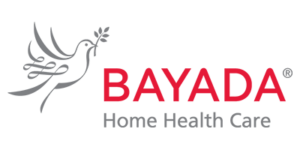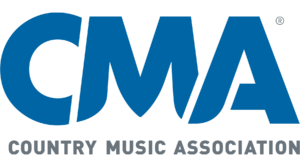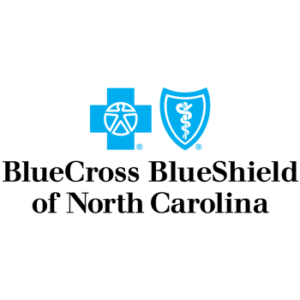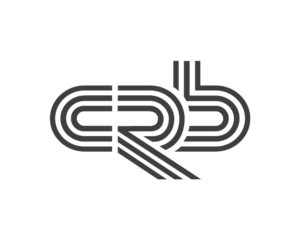Inclusive Hiring Goes Way Beyond Diversity Quotas
TDM transforms the narrative of inclusive hiring. It isn’t simply about fulfilling quotas, but rather discovering the best talent for each role by removing bias from the process. Our comprehensive approach provides you with the insights, strategy, education, and personal support necessary to cultivate a richly diverse talent pipeline and implement equitable hiring practices.
Tailored Support for Your Inclusive Hiring Journey
TDM simplifies your path to inclusive hiring mastery with our proven suite of comprehensive assessments, dedicated consultants, and cutting-edge training. Our ACT approach (Assess | Coach | Train) establishes a roadmap for your teams to recruit the best talent for each role.

Assessments uncover any hidden bias or prejudice in your existing recruiting systems.
Finding the best candidate for any role requires an intentionally inclusive recruiting process in order to mitigate personal biases and identify any prejudice or favoritism that might be hiding in existing systems, TDM will review your current hiring process and materials with a DEI lens including:
- Application software
- Job descriptions
- Job posting advertisements
- Resume review
- Hiring & interview teams
- Communications to applicants
- Interview process & requirements
- Offers process & salary negotiation
Coaching supports your teams as they build a diverse talent pipeline and inclusive hiring strategy.
Individual & group coaching sessions are a safe space for HR leaders and teams to ask questions, seek guidance, and work through specific talent acquisition challenges. Our subject matter experts work with your team to build strategy, refine it over time, and overcome challenges.
Learn more about TDM’s coaching services:
Inclusive Hiring Training helps your recruitment teams adopt inclusive talent acquisition best practices and learn about and mitigate personal biases to create a more equitable recruitment process for all applicants.
Inclusive Talent Acquisition Workshop: In this session, your team will explore their biases, learn how to mitigate bias in the talent acquisition process, explore the impact of language, learn how to look for values-alignment, and will gain easy to implement takeaways.
Unconscious Bias Training: Learn what unconscious bias is, how to recognize it in your own thinking, the impact it can have in the workplace (including the hiring process), and what you can do to mitigate its effects.
TDM Microlearning enables your team to explore customized learning journeys based on the topics they need support in. TDM content includes MicroVideos, how-to guides, best practices checklists, templates, and more.
Great Organizations Trust TDM
Proven Performance
Inclusive hiring practices broaden your talent horizon. It’s not just a moral imperative; it’s a strategic advantage, expanding your candidate pool and positioning your organization as a leader in performance and innovation.
Inclusive Hiring Resources
Ready to Build a High-Performing Team?
We’re here to help.
Frequently Asked Questions
What is inclusive hiring?
Inclusive hiring means ensuring that every step in the employee lifecycle – recruiting, onboarding, evaluation, development, mentorship/sponsorship, promotion, and transition – is inclusive. When it comes to recruiting in particular, it means giving all candidates an equal opportunity to be hired. This entails ensuring your processes, including application, resume review, and interviewing, are inclusive.
Why is inclusive hiring important?
Inclusive hiring helps organizations recruit and retain more diverse talent. And diverse teams are more successful. A study by Harvard Business Review found that firms with inherent and acquired diversity were 45% more likely to report a growth in market share and 70% more likely to report capturing a new market. Diverse teams are also more innovative, as proven by research from Boston Consulting Group and Deloitte.
How can I develop an inclusive talent acquisition strategy?
An inclusive talent acquisition strategy requires analyzing each step in the employee lifecycle to make sure you are not alienating or excluding any candidates or employees. For instance, if your online application is not digitally accessible, you are losing out on qualified candidates with disabilities. If you hire women employees but there are no women in leadership positions, that sends a message that there aren’t development and promotion opportunities available. The first step in developing a strategy is auditing your current policies and processes and exploring how you can make things more inclusive and equitable.

















